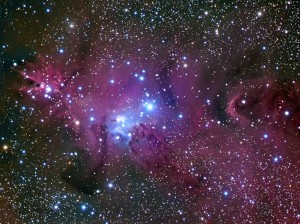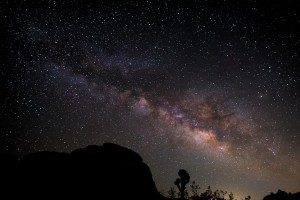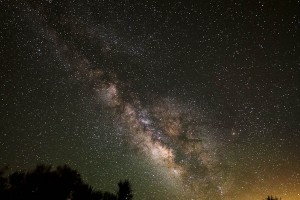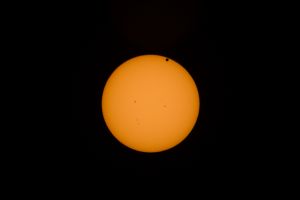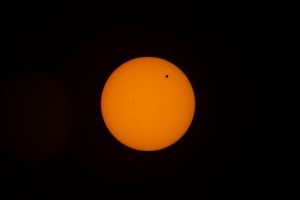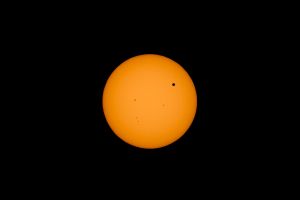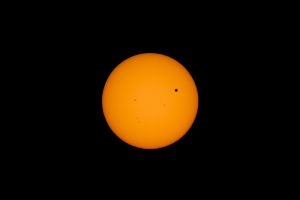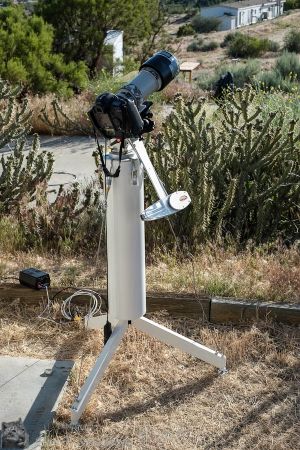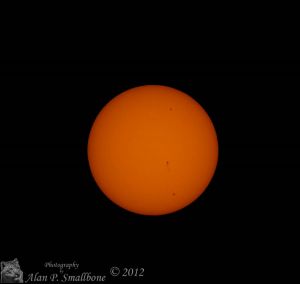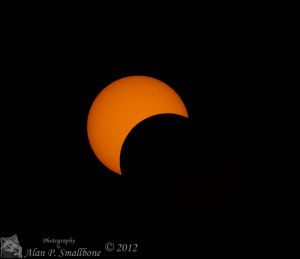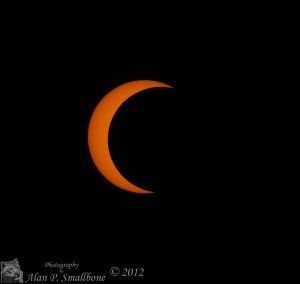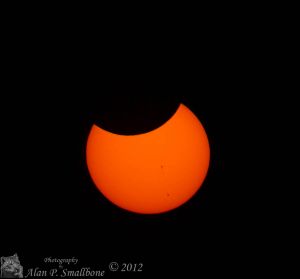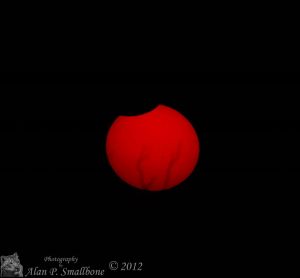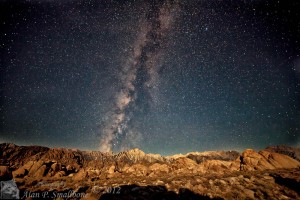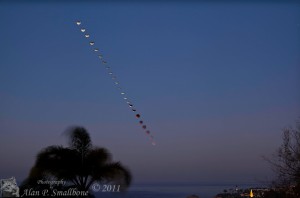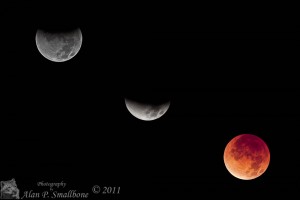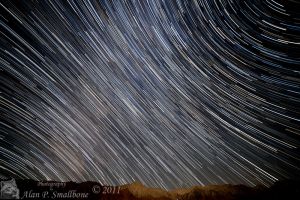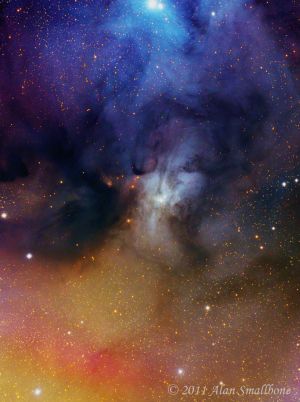Here is an image that has taken me awhile to get around to finally processing. It is of NGC 2264 and the Cone Nebula region. Also known as the Christmas Tree cluster it is located in the constellation Monoceros, about 2,700 light years from Earth. This image was taken over 3 nights with a total exposure time of 9.5 hours through color filters. Of which 4.5 hours was for Luminance, and 100 minutes each for Red, Green, and Blue, exposure was 10 minutes long. The camera was a cooled CCD camera made by QSI, the QSI 583ws model. The telescope used was a Borg 125SD, 5 inch refractor at f6.4, for a focal length of about 800mm. The images were then calibrated and stacked together to make the final color image.
Enjoy.

